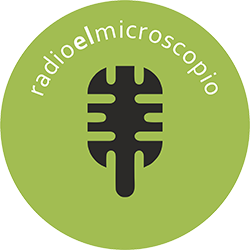
A new discovery about ischemic stroke may allow to doctors to predict patients’ risk of having a second stroke using a commonly performed blood test and their genetic profile.
Researchers have linked high levels of C-Reactive Protein, an enzyme found in the blood, with increased risk for recurrent ischemic stroke. C-Reactive Protein (CRP) is produced in the liver in response to inflammation, and it is already checked to measure people’s risk of developing coronary artery disease. The new research suggests it could be a useful tool for ischemic stroke patients as well.
“The biggest risk of death for someone who has already had a stroke is to have another one,” said University of Virginia School of Medicine researcher Stephen Williams, PhD. “So it’s really important to be able to try and target those individuals who are at the highest risk for the thing that very well may kill them.”
Ischemic Stroke Risk
Ischemic strokes result from blockages preventing blood flow to the brain; they are responsible for approximately 85 percent of all stroke cases. (Hemorrhagic strokes, on the other hand, occur when blood vessels burst and bleed into the brain.)
Stephen Williams, PhD
To better understand ischemic stroke, Williams and his colleagues set out to determine how our genes affect the levels of biomarkers such as CRP in our blood. Not only did they find that elevated CRP levels suggest increased stroke risk, they identified gene variations that drive those risks.
“So we have the genetics influencing [CRP] levels, which then increases the risk of having a recurrent stroke. Then we went back and said alright, can we predict the increased risk purely based on the genetics, which we were able to do,” Williams said. “There’s this shared genetic susceptibility not only for increased C-Reactive Protein but for increased risk for stroke. We could estimate what’s called a hazard ratio – basically the increased risk for having or not having a second stroke – based on the genetics.”
Williams, of the Department of Neurology and the Center for Public Health Genomics, envisions a day when doctors might focus on CRP levels and a patient’s genetic makeup to determine the patient’s overall risk for a second stroke. But even CRP levels alone could be a useful tool in assessing risk after the initial stroke. “Getting a CRP measure on someone is really simple. It’s just a blood draw. You don’t have to take something like a biopsy which patients might have an aversion to,” Williams said. “It’s not very expensive, and it’s part of routine workups that could be done for patients. However, combined with genetic information, we may have even more power to identify those at greatest risk.”
Findings Published
The findings have been published online by the scientific journal Neurology in an article written by Williams, Fang-Chi Hsu, Keith L. Keene, Wei-Min Chen, Sarah Nelson, Andrew M. Southerland, Ebony B. Madden, Bruce Coull, Stephanie M. Gogarten, Karen L. Furie, Godfrey Dzhivhuho, Joe L. Rowles, Prachi Mehndiratta, Rainer Malik, Josée Dupuis, Honghuang Lin, Sudha Seshadri, Stephen S. Rich, Michèle M. Sale and Bradford B. Worrall on behalf of METASTROKE, the Genomics and Randomized Trials Network Collaborative Research Group.
The National Institutes of Health funded research efforts critical to the study.
Source: University of Virginia































